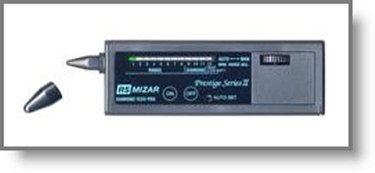
Conventional vs. New Design Diamond Testers
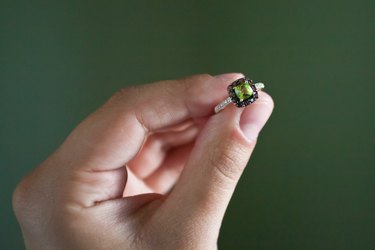
A diamond tester of several years' age is no match for today's variety of diamond simulants and synthetics, especially since those simulants have all the chemical properties of a real diamond. A conventional diamond tester has a metal tip that is heated and then applied to the cooler surface of a diamond. Heat transference occurs, and since the heated tip of the tester also heats the diamond, the read-back from the diamond to the tester is a match; this indicates that the stone is truly a diamond.
However, today's simulants can mimic a diamond quite convincingly. Newer diamond testers use slight to very different logic to compare the physical properties of diamonds and simulants, and these other diamond testers work to find other unique diamond properties unequaled in today's simulants and synthetics.
Video of the Day
Video of the Day
The Ceres Diamond Tester
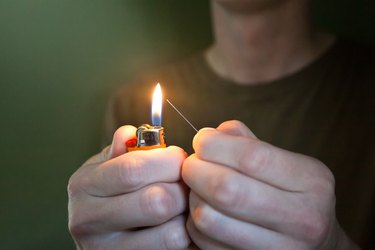
The Ceres Diamond probe contains two thermistors (semiconductor devices with specific resistance characteristics and high levels of sensitivity) and a small copper tip in a convenient holder. As with a conventional diamond tester, the probe's needle tip is heated, and the probe is applied to a diamond. Its higher degree of temperature sensitivity makes it a more accurate and reliable tester. This instrument is very delicate and needs to be handled with great care.
The Rayner Diamond Tester
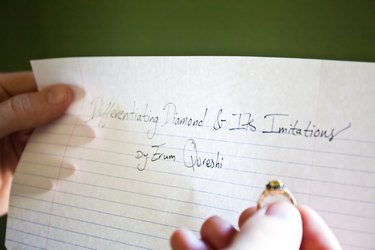
A similar, but much more expensive instrument having similar attributes is the British-designed Rayner Diamond Tester. This product is meant for those who make a living in the diamond trade. Such equipment is very costly, but to anyone dealing with diamond jewelry, this is a relatively small matter when compared with the value of the goods tested, according to Erum Qureshi, author of "Differentiating Diamond and its Imitations."
The GIA's (Gemological Institute of America) Diamond Pen
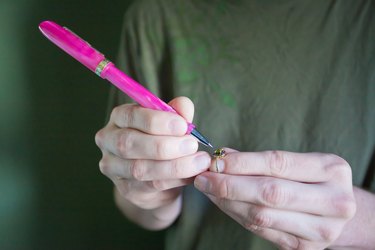
The GIA has designed a tool that operates on a different property of diamonds to differentiate them from the less than genuine kind. Diamonds, according to the GIA, express a certain affinity for grease and greasy liquids. The Institute developed a tool they call a Diamond Pen. The pen, like a fountain pen, contains a particular type of greasy liquid that will leave visible marks on what are otherwise smooth, nonabsorbent diamond facets, but when drawn over a facet of any other kind of stone, the liquid merely beads up without leaving a distinct image of any kind.
Fluorescence Diamond Testing

Finally, the diamond tester can rely on the properties of diamonds in the presence of long-wave ultraviolet light. All diamonds have some measure of fluorescence, on a scale of one to five, with one being little to no fluorescence and five being strong fluorescence. All diamonds will fall somewhere on the fluorescence scale, but with multidiamond jewelry, it would be extremely rare to measure the many diamonds in the jewelry piece only to find the exact same level of fluorescence from stone to stone. Only with synthetic diamonds would that consistency be possible.